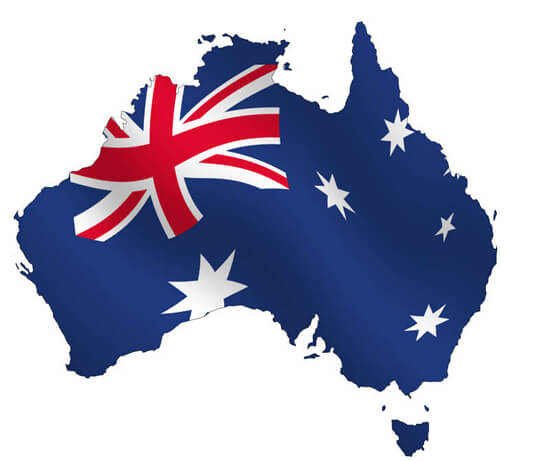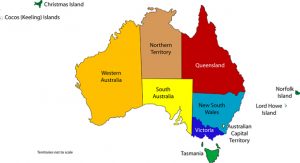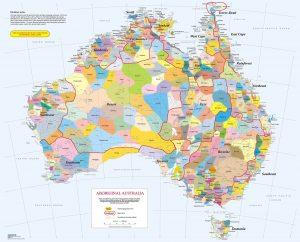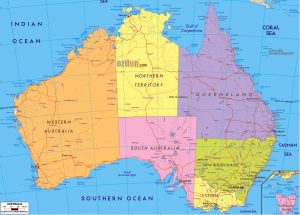History of Australia – Continent, country, and member of the Commonwealth of Nations, in the Southern Hemisphere between the Pacific Ocean on the E and the Indian Ocean on the W and S, and Indonesia and Papua New Guinea to the N. It includes Tasmania and other island s. In size and shape Australia resembles the United States and , like the Americans, its people have had the task of exploring and settling a vast frontier. The continent’s long isolation resulted in the evolution of unique flora and fauna. Before the arrival of Europeans, Australia was inhabited by the Australian aborigines who probably migrated from SE Asia c. 40,000 years ago.
The first Europeans to see the continent, during the period 1601–42, were a Portuguese, a Spanish, and two Dutch navigators. Near the end of the 17th century and in the 18th and 19th centuries British seamen continued the exploration, James Cook claiming possession of Australia for Great Britain in April 1771, and Matthew Flinders circumnavigating the continent during 1802–03. Settlement began after Great Britain decided to use the vacant land as an asylum for convicts sentenced to exile. The first of them land ed at the present site of Sydney on January 26, 1788. Other penal colonies followed: Newcastle in 1804, Hobart on Tasmania in 1804, and Brisbane in 1824. In the W the first free settlement was Perth in 1829. More settlers came of their own accord and were joined by the convicts when their sentences ended. Exploration of the unknown interior began.
Six of the hitherto separate colonies were confederated in 1901, with the Northern Territory added in 1911 under a democratic, parliamentary form of government. Melbourne, founded in 1835, was the capital until 1927 when Canberra became the seat of government in a separate capital territory. In both world wars Australian troops, the Anzacs, went halfway around the world to fight for Great Britain. With the start of war with Japan, Australia was threatened with invasion until the Battle of the Coral Sea during May 7–8, 1942, removed the danger. Several cities, especially Darwin, were bombed or shelled by the Japanese.
After World War II there were many European immigrants, many of them non-British who changed the homogeneous nature of the white population. Australia’s economy boomed with the postwar demand for Australian raw materials. Australia’s foreign policy was staunchly anticommunist, and Australian forces fought in both Korea in the 1950s and Vietnam in the 1960s. Opposition to the Vietnam War and military conscription was a factor that brought a Labor government under Gough Whitlam to power in 1972. Whitlam withdrew Australian troops from Vietnam, stopped the draft, abolished higher-education fees, created a free health care system, and supported land rights for Aboriginal people.
In 1975 after deadlock in the government, the British governor general dissolved the parliament and installed a caretaker government under opposition Liberal Party leader, Malcolm Fraser, which subsequently won the elections. In 1983, Labor again took power, but recession and high unemployment in the early 1990s let to a Conservative win in 1996. A national referendum on dissolving constitutional ties to Great Britain and making Australia a republic was defeated.
Although much of Australia’s interior is desert, early settlers found areas suitable for sheep raising, the first important economic activity. Wheat growing later assumed a major role. Agriculture still ranks high, but Australia is now an industrialized nation with rich mineral resources. It is also an urban nation with most of the population in metropolitan areas of 1,000,000 or more.








